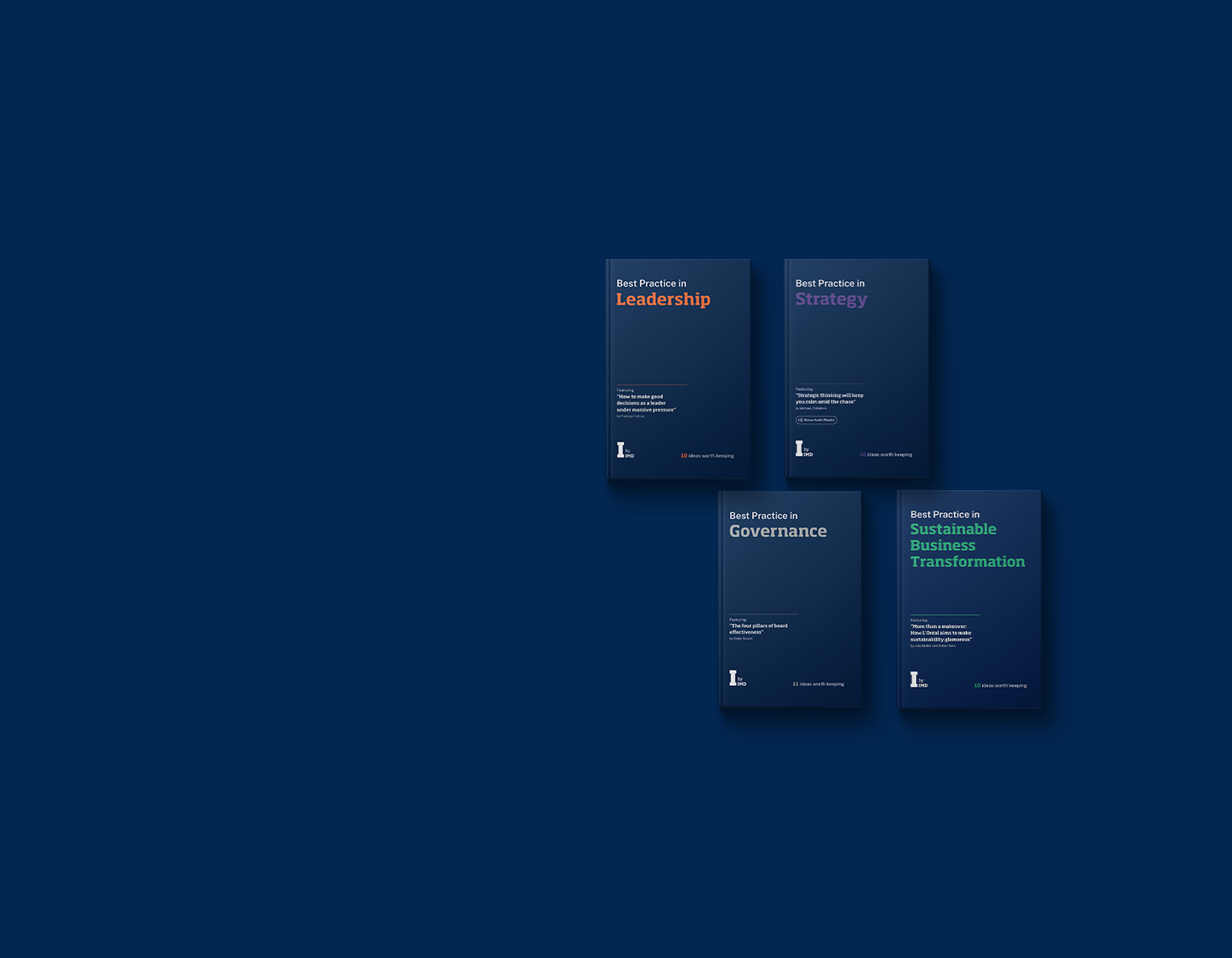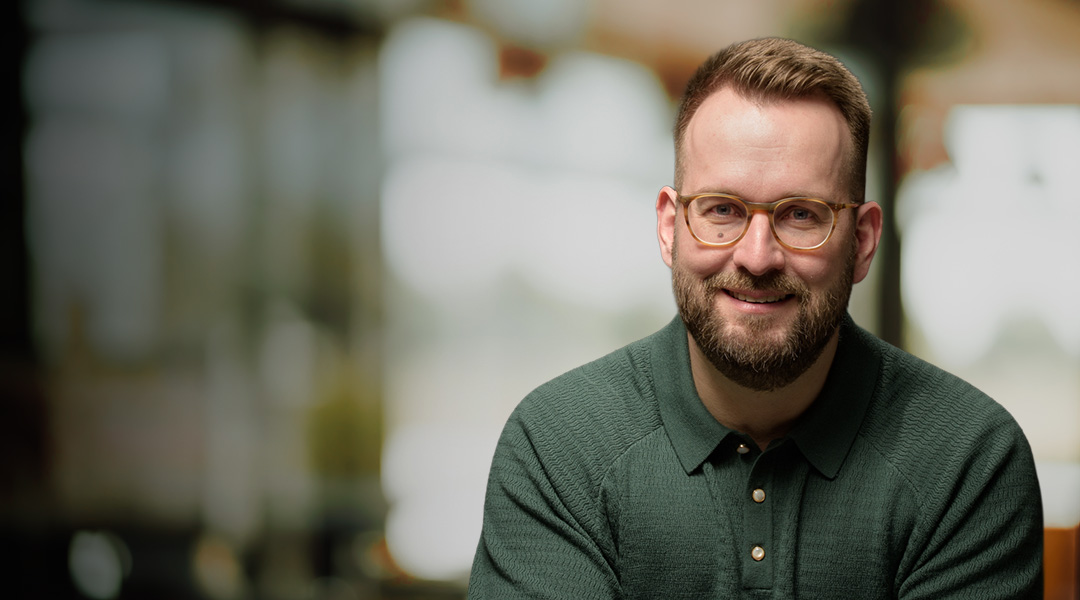Cell Network (A): From idea to take-off
The case describes the evolution of Cell Network from a start-up of 5 people in 1997 to 2’000 employees in 2001. This evolution is divided into three cases and six short video sections. The (A) case describes the initial start-up phase, including focusing the business, venture capital funding, winning the first client orders, reorganization, and diversification. The primary focus here is on: 1) What to look for in a start-up (how important is it for a start-up to have a clear concept as opposed to the drive to be an entrepreneur); 2) How fast should a start-up grow? (how important is it to achieve the critical size needed to exploit the business opportunity versus the need for cohesion in order to provide a reliable delivery of the offering); 3) How to achieve higher growth (merger and acquisition versus organic growth). At the end of the (A) case, participants should decide whether Cell should grow organically or not, and if not, which of the three potential partners best fits its strategy.
Finance and Insurance, Financial Services
1997-2000
Cranfield University
Wharley End Beds MK43 0JR, UK
Tel +44 (0)1234 750903
Email [email protected]
Harvard Business School Publishing
60 Harvard Way, Boston MA 02163, USA
Tel (800) 545-7685 Tel (617)-783-7600
Fax (617) 783-7666
Email [email protected]
NUCB Business School
1-3-1 Nishiki Naka
Nagoya Aichi, Japan 460-0003
Tel +81 52 20 38 111
Email [email protected]
IMD retains all proprietary interests in its case studies and notes. Without prior written permission, IMD cases and notes may not be reproduced, used, translated, included in books or other publications, distributed in any form or by any means, stored in a database or in other retrieval systems. For additional copyright information related to case studies, please contact Case Services.
Research Information & Knowledge Hub for additional information on IMD publications
Research Information & Knowledge Hub for additional information on IMD publications
in I by IMD
Research Information & Knowledge Hub for additional information on IMD publications
Research Information & Knowledge Hub for additional information on IMD publications
in I by IMD
Research Information & Knowledge Hub for additional information on IMD publications
in I by IMD
Research Information & Knowledge Hub for additional information on IMD publications
in I by IMD
Research Information & Knowledge Hub for additional information on IMD publications
Research Information & Knowledge Hub for additional information on IMD publications
in I by IMD
Research Information & Knowledge Hub for additional information on IMD publications
Research Information & Knowledge Hub for additional information on IMD publications
Research Information & Knowledge Hub for additional information on IMD publications











